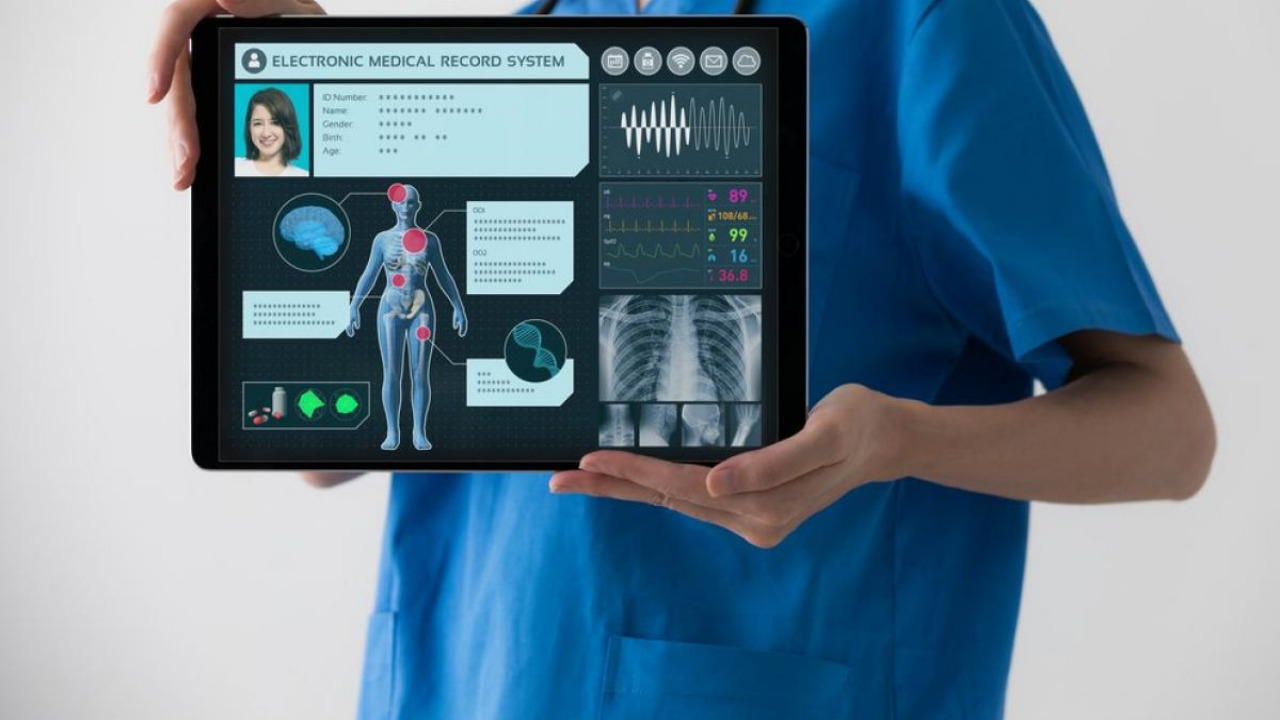How much time does it take to get paid for medical billing services? If you don’t want to spend hours manually entering data into spreadsheets or filling out forms, then you should consider automating medical billing. The healthcare industry has always been plagued by high costs and low reimbursements. This problem is compounded by the increasing number of patients who require treatment. As a result, hospitals and doctors are forced to cut back on staff and resources. Automated medical billing software helps streamline the entire billing process. By eliminating manual tasks, you’ll save time and increase productivity. In addition, automated billing systems allow you to focus on patient care instead of administrative duties.
Tips to Automate Medical Billing and Coding

Medical billing and coding is a complex process that requires extensive training and practice before becoming proficient, so the best would be to hire a medical billing company. However, there are some simple things you can automate to save yourself time and money. Here are 5 tips to automate medical billing and coding:
Use Electronic Health Records (EHR)

Electronic health records (EHR) allow doctors and nurses to enter patient information directly into the system instead of manually entering it into paper charts. EHR systems also provide access to patients’ past medical histories, allowing providers to quickly find previous test results and diagnoses.
Create Patient Profiles

Patient profiles contain all of the relevant information about a particular patient, including demographics, insurance coverage, allergies, medications, and so forth. These profiles make it easier for providers to identify patients when they visit the office. They also enable providers to easily share information between themselves and other members of the healthcare team.
Set Up Schedules
Scheduling appointments allows providers to plan ahead and avoid scheduling conflicts. For instance, if a provider knows that he or she will be out of town during a certain week, they can schedule future visits around that time.
Track Reimbursements

Reimbursable claims require providers to track the amount of reimbursement received for each service provided. Tracking reimbursements ensures that providers receive proper compensation for their efforts.
Send Claims via Email
Email is a convenient method of sending claims electronically. Providers can attach documents like lab reports, X-rays, and prescriptions to emails and send them to insurance carriers.
Create Patient Care Plans
Patient care plans are written documents that outline the treatment plan for a specific patient. They are used to document the diagnosis, treatments, and follow-up procedures for a particular condition.
Document Medication Administration
Medications administered to patients must be documented in order to bill insurance providers. To make sure that medications are properly billed, you’ll need to write orders for medication administration and sign them electronically.
Track Laboratory Results
Laboratory results are essential to documenting diagnoses and treatments. Tracking these results allows you to monitor patient progress and identify trends that may require additional testing.
Manage Insurance Claims
Insurance claims are another area where electronic filing makes sense. By automating claim processing, you can save hours of paperwork and focus on providing excellent service to your patients.

